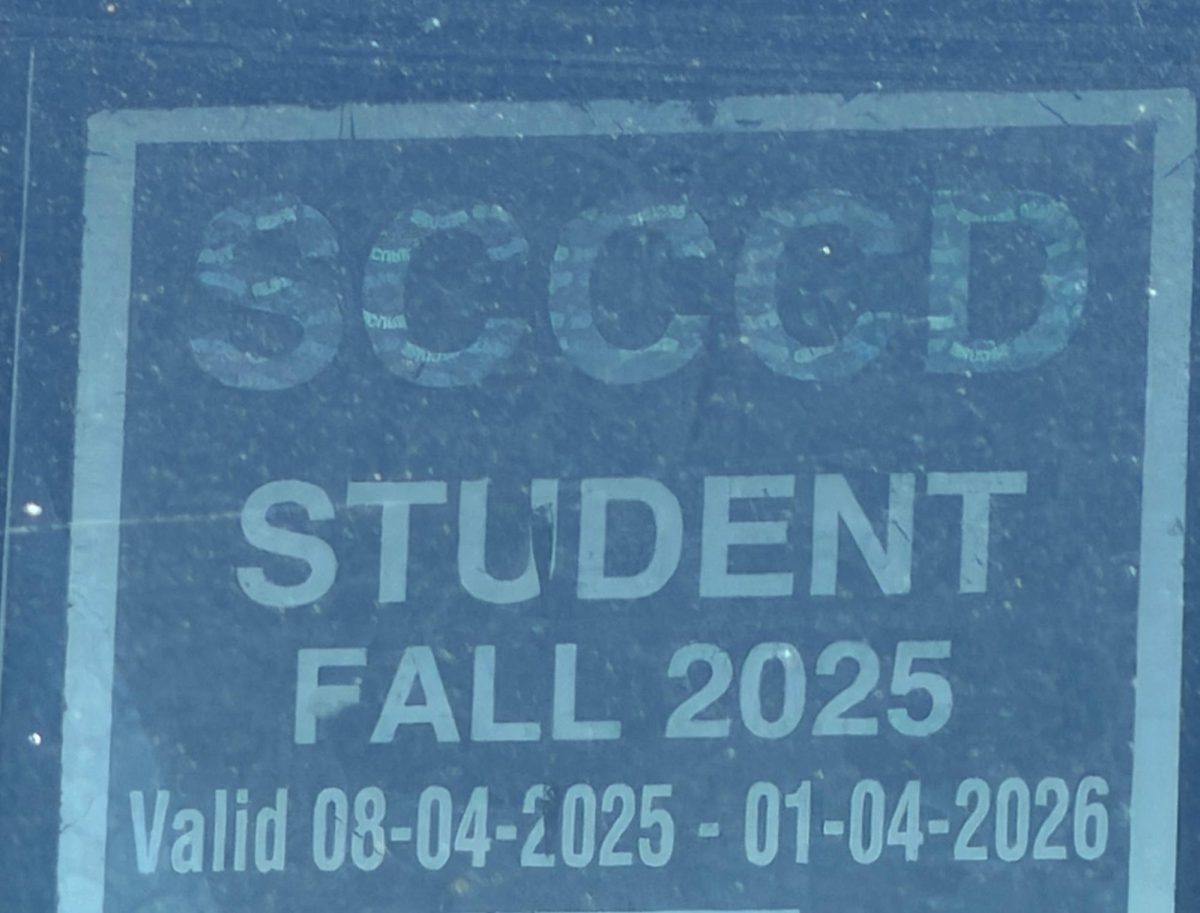Perhaps the most well-known of the slate of initiatives on California’s ballot is the millionaires tax. What’s the deal? Californians making between $1 and 1.9 million dollars would receive a 3 percent hike on their state tax bill. Californians with incomes of $2 million or more get a 5 percent increase.
No doubt a tax increases is a windfall for the education system. It’s a move that school districts across the state will choose if they don’t want to borrow money or dip into reserves. But on a much larger scale, the millionaires tax increase is targeting California’s most successful people, which could lead to backlash and diminishing returns in the long-run.
The richest Californians paid a 17 percent tax rate on their taxable income in 2011. If the millionaires tax hike is enacted in this election year, those Californians will pay around 22 to 25 percent.
Initial reaction: that’s ridiculous.
In 1969, Congress passed the Alternative Minimum Tax (AMT) which would tax households and individuals who made high income that avoided the taxes at the time. Similarly, the State of California also created its own version to tax the highest earners in the state. California’s alternative minimum tax is scaled to inflation meaning that, regardless of inflated wages and earnings, the tax always applies to a set of earners that far outpace the median wage earners. The national AMT isn’t scaled to inflation which is now causing more taxpayers to pay the additional tax every year.
What the proponents of the millionaires tax increase don’t like about the State’s AMT, and what caused them to propose a new tax on the rich, is that the revenues from the AMT are funneled into California’s general fund rather than into its education fund.
The best option for California’s top earners: keep the State’s current alternative minimum tax and not overtax the highest contributors to California’s current revenue stream.
There’s another problem that plagues California’s taxation problems: the more taxes and higher taxes levied by the State, the worse it gets for all of us.
Just a year ago, a similar story came down the pipe in California’s business community: due to burdensome regulation and high taxes Southern California-based fast food chain Carl’s Jr. decided to move its corporate headquarters out of California and into low-tax haven Texas.
What’s the problem? As income tax rates increase over time, there’s a larger chance that California’s top earners will either shelter their taxable income off shore or move out of the Golden State and find sanctuary in lower tax states like Texas.
As corporate heads move out of California with their companies, the income tax revenue generated for the state and municipalities dry out quickly. Look no further than the Fresno metro area to see the effects of corporate flight, where corporate re-locations by Grundfos and Vendo, and the sale of Pelco to French-owned Schneider Electric caused hundreds of top earners to leave Fresno for other locales, leaving a crater of once-guaranteed income tax revenue.
It’s plain-and-simple: a new tax on millionaires, which would increase their state income tax rate beyond 20%, is abusive to those who contribute the most revenue to the debt-beleaguered state. Even worse: California has had a well-established tax on high-income taxpayers in its alternative minimum tax. It’s time to stop the tax abuse levelled at taxpayers across the state and let school districts decide when its appropriate to increase taxes on their constituents.






